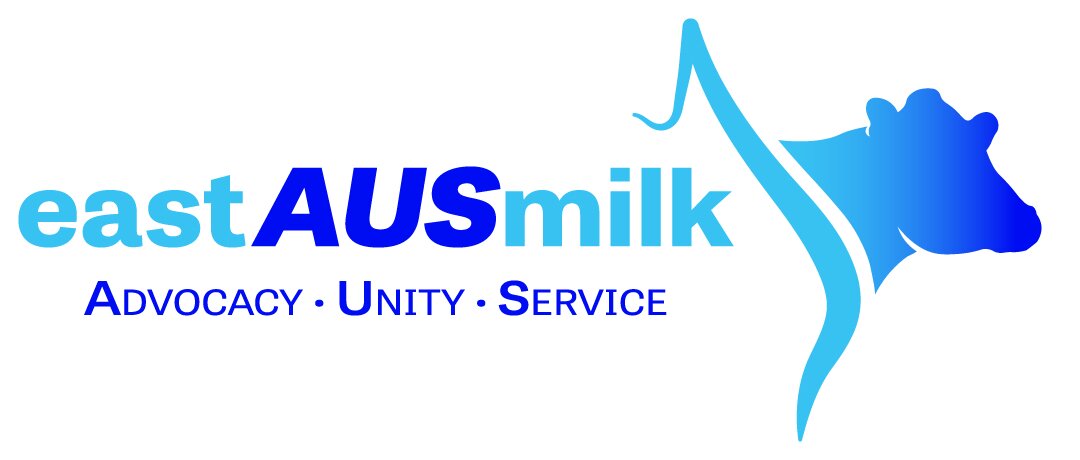Feed in tariff need for ROI on solar for dairy
A dairy in the Lockyer Valley region, milking 250 cows, has implemented a photovoltaic (PV) system and management opportunity based on the energy audit report the farm received through the Energy Savers Plus Program Extension. Through the program the business site received a dairy shed energy audit carried out by AgVet Energy and an electrical site analysis performed by Solar Energy & Battery Storage Solutions (SEBSS) as well as an irrigation energy audit completed by The Energy Guys, all engaged by eastAUSmilk.
The goal of the business is to reduce electricity costs by implementing a PV System and making maximum use of the energy generated by the system to reduce energy imported by the grid.
Thanks to data provided by SEBSS performance monitoring of the Solar PV system, I was able to evaluate the savings and outcomes achieved from the farms investment.
Monitoring the farm energy use from June to August 2021 the load was 314 kWh/day with an average 271 kWh/day being supplied by the grid. With average grid supply cost of 20 c/kWh the 43 kWh being supplied by PV the system conservatively achieves a grid annual saving of $3,139.
As the business was on demand tariff 44 no income was being generated from the excess solar being fed into the grid. The business aims to move to a consumption tariff, so we explored the potential income from an expected feed in tariff of 7.84c/kWh.
With the average utilisation currently of 44% annually the PV system is expected to export 30,660 kWh. Potentially generating just over $2,400 per year.
With the increase of solar utilisation expected due to irrigation through summer the income generated through solar export will be reduced; however, this means the total business savings provided by the system will be higher as the export rate of 7.84 c/kWh is far less than the grid supply rate of 20 c/kWh. Provided that irrigation occurs during sunlight hours to make the most of the PV output.
The total expenditure invested by the business was $37,000. With over $3,000 in annual savings from reduced grid supply the calculated payback period of this investment is 11.78 years with a return on investment of 8.5%.
If the business is able to generate income from the PV export the total annual savings $5,542 would reduce the calculated payback period to 6.68 years with a return on investment of 15%.
Solar Energy & Battery Storage Solutions (SEBSS) can provide a comprehensive electrical data analysis for your business, Paul Reynolds on 0414 636 099.
Torie Harrison – eastAUSmilk
Breaking down the benefits of solar on farm
A dairy in the Burnett region, milking 160 cows, has implemented a photovoltaic (PV) system and management opportunity based on the energy audit report the farm received through the Energy Savers Plus Program Extension. Through the program the business site received a dairy shed energy audit carried out by AgVet Energy and an electrical site analysis performed by Solar Energy & Battery Storage Solutions (SEBSS) both engaged by eastAUSmilk.
The goal of the business is to reduce electricity costs by implementing a PV System and making maximum use of the energy generated by the system.
Prior to implementation, the main energy use areas: shed, dairy, pump, homestead, and effluent pump were all operating off a separate NMI account, each had a daily service fee and meter charges.
To maximize the benefits of a 30 kW PV system and reduce grid charges three NMIs were merged. Thanks to data provided by SEBSS performance monitoring of the Solar PV system, I was able to evaluate the savings and outcomes achieved from the farms investment.
Monitoring the farm energy use from July to October 2021 the load was 156 kWh/day with an average 90 kWh/day being supplied by the grid. With 66 kWh being supplied by PV the system conservatively achieves a grid annual saving of more than $5,000 in addition to exporting excess PV energy of more than $2,000 annually.
The total dairy load is expected to rise as the business increases irrigation through the summer months. Provided that irrigation occurs during sunlight hours to make the most of the PV output, the savings will be higher.
The PV system is generating average 153 kWh/day or 56 MWh annually. The average daily utilisation of the PV yield is 43% from July to October. With the feed in rate received of 6.583 c/kWh the annual generated income from exported PV energy is around $2,094.
With the increase of solar utilisation expected due to irrigation through summer the income generated through solar export will be reduced; however, this means the total business savings provided by the system will be higher as the export rate of 6.583 c/kWh is far less than the grid supply rate of 22.5 c/kWh. There is potential to achieve a higher PV utilisation through further consolidation of NMIs such as merging the effluent pump into the NMI of the Dairy. The effluent pump has a load of 20 – 30 kWh/day which would increase the utilisation factor to 59%. This would reduce export earnings by $574 but increase grid savings by $2,000.
The total expenditure invested by the business was $46,000. With over $7,000 in annual savings from reduced grid supply and income generated from solar PV export the calculated payback period of this investment is 6.28 years with a return on investment of 15.9%.
Shifting loads to using more PV, when possible, can save the dairy more than $10,000 per year. The Return on Investment will improve to better than 33% with a Pay Back Period of under 3 years.
Solar Energy & Battery Storage Solutions can provide a comprehensive electrical data analysis for your business, Paul Reynolds on 0414 636 099.
Torie Harrison – eastAUSmilk Project Officer

